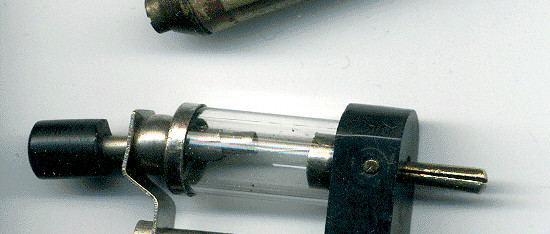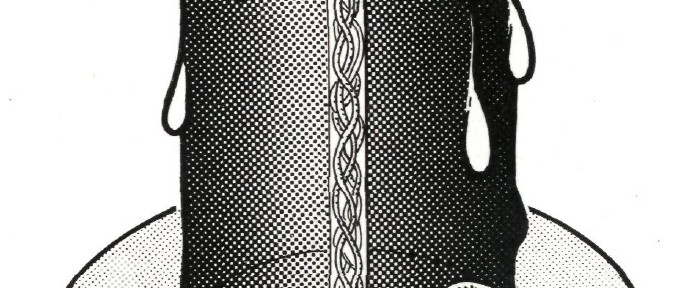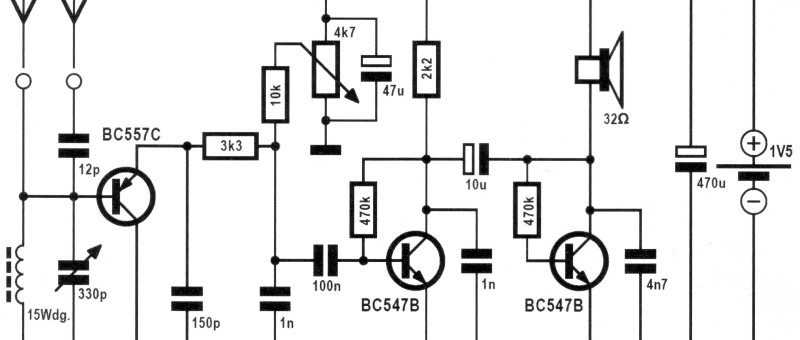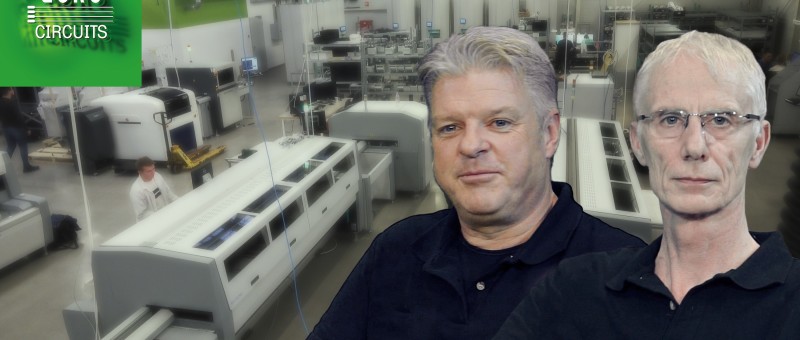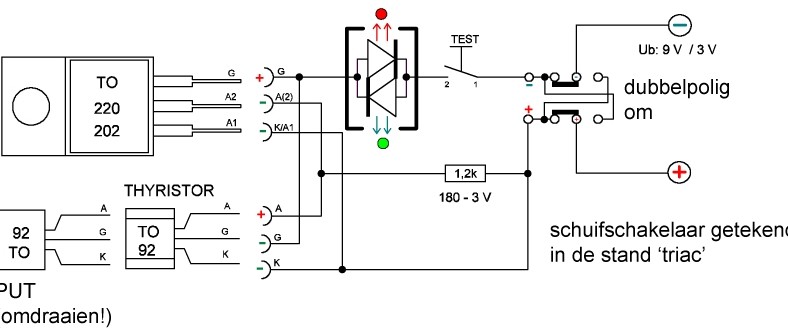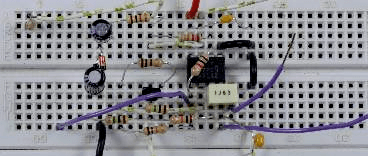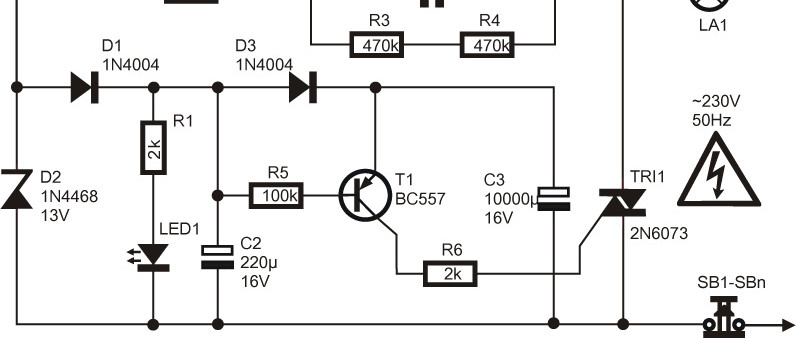| In the previous instalment we looked at the simplest possible radio receiver: the diode receiver. And in order to tickle a little bit more s...
More about Circuit (708)
| In the past, radio had something ‘magical’, and that is not all that surprising: you solder a few ‘unsightly’ components together, tie an an...
| Conceded: twilight switches with lots of bells and whistles are available for next to nothing. But isn't it nevertheless much nicer to build...
| Candles are great during this time of the year (these dark days before Christmas), but are also a fire hazard, as we can unfortunately read...
| Many (beginning) electronics enthusiasts shy away from building radio receiver projects – frequencies are too high, capacitor black magic, s...
| Microcontroller systems running 24 hours a day, 365 days a year, can sometimes (rarely) find themselves in a latch-up state. When this happe...
| This is a submission from Eurocircuits on their investment of 5 million euros to meet the growth in their Assembly service for PCB Prototype...
| We already ran into them a few weeks ago: thyristors and triacs – semiconductor switches for DC and AC respectively. As with many other semi...
| This circuit adjusts the gain of (small) input signals such that the amplitude of the output signal is constant over a wide range. The contr...
| In this latest variation of the ‘stairwell lamp circuit’ we will switch the mains voltage. But take note: this can be lethal! If you do not...



